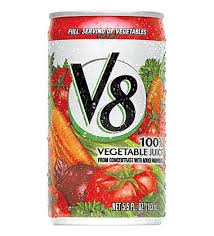All of these foods come from living things, but contain minerals, which are non-living and produced in the earth. How do you think that happens?
Saturday, February 15, 2014
Math & Science
I love it when what we're studying in math and science overlap! In math, we recently finished our unit on fractions and decimals, which included some time learning about percents. Our students came up with some great examples of where they have seen percents--shopping (sales and sales tax), clothing (50% cotton), and food (2% milk, 100% juice).

In science, we've been studying minerals, and a few of our students brought up taking vitamins, which often contain minerals too. What exactly is the difference between a vitamin and a mineral? We've learned that minerals are formed in the earth and are non-living (have never been alive). Vitamins, on the other hand, are produced by living things. (Thanks, students, for challenging me to research this. I learned something new too! :-)) This being said, minerals such as calcium, potassium, iron, and zinc are extremely important for our bodies to grow, develop, and repair themselves. Our bodies absorb minerals better from whole, natural foods than supplements such as vitamins (plus eating good, nutritious foods satisfies hunger and can be an enjoyable experience!) Here is an article our students might enjoy to learn more about the importance of eating minerals every day.





Subscribe to:
Post Comments (Atom)
No comments:
Post a Comment